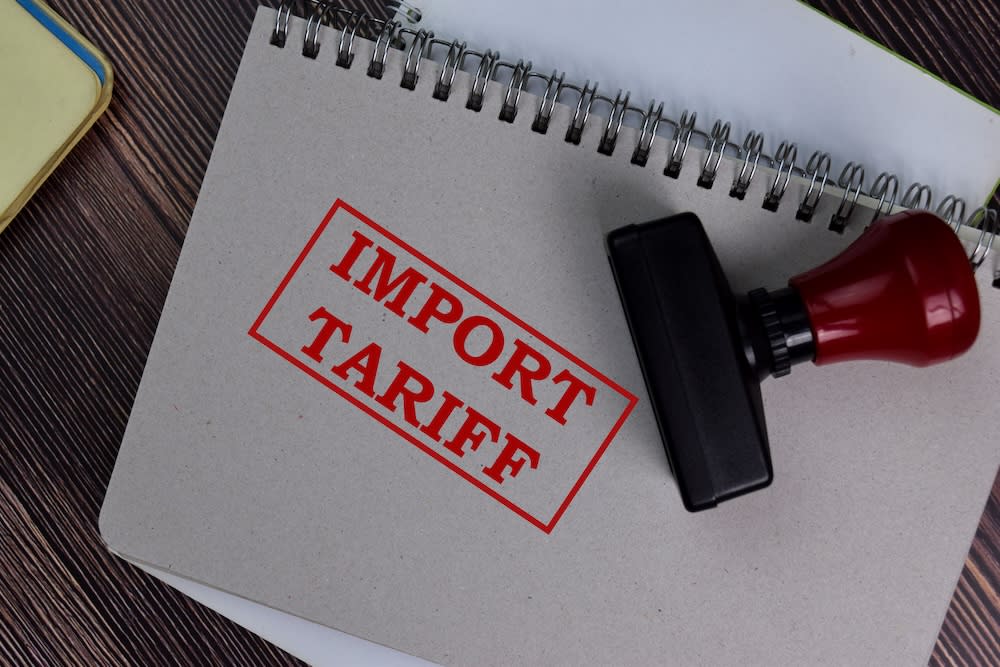Breaking Down Trump’s Latest Steel and Aluminum Tariffs
President Trump has announced new tariffs on steel and aluminum, reigniting a contentious trade policy debate. Here is a concise summary of the key details and perspectives from industry leaders and policymakers from our partners at High Street Strategies. Key Updates on Steel and Aluminum Tariffs: New Tariff Rates: On February 10, 2025, President Trump reinstated a 25% tariff on steel imports and increased aluminum tariffs from 10% to 25%. Historical Context: The previous tariffs, introduced in 2018, included exemptions for several U.S. trading partners, including Canada, Mexico, the EU, Japan, and Australia. Rationale: The administration cited national security concerns, market fairness, and support for American manufacturing as the primary reasons for the updated tariffs. Scope of the Tariffs: Applies to raw and semi-finished steel, aluminum, and finished products containing these metals. New exclusions have been introduced for steel and aluminum articles processed abroad using U.S.-produced materials. Country Exemptions: All previous country exemptions have been revoked, though Trump has suggested Australia may receive an exemption. Implementation: The new tariffs take effect March 12, 2025, and apply to all countries with no exceptions. Further Expansion Possible: The Department of Commerce has been directed to explore expanding the list of derivative steel and aluminum products subject to tariffs. Impact: While the tariffs are designed to strengthen domestic production, they are expected to increase costs for industries relying on steel and aluminum, including manufacturing, construction, and automotive sectors. Industry and Political Reactions Philip K. Bell, President, Steel Manufacturers Association "The American steel industry faces ongoing threats from foreign competitors who flood the market with subsidized steel. By reinstating a 25% tariff, President Trump is protecting American jobs and ensuring a level playing field for domestic manufacturers." Charles Johnson, President, Aluminum Association "We appreciate President Trump’s continued efforts to support U.S. aluminum manufacturers. However, domestic smelting capacity remains insufficient to meet the growing industry demand for input materials." Senator Maria Cantwell (D-WA), Ranking Member, Senate Commerce Committee "Trump’s steel and aluminum tariffs have been in place since 2018 with no real resolution—only higher costs for consumers. Now in 2025, he is doubling down, further driving up prices for cars, building materials, and energy projects." Senator Ron Wyden (D-OR), Ranking Member, Senate Finance Committee "While I have supported targeted tariffs to counter unfair trade practices, Trump’s approach does not address the core issue: China’s unchecked overproduction, which continues to disrupt global markets." Rep. Dan Meuser (R-PA) "President @realDonaldTrump is closing loopholes that allow foreign steel to bypass U.S. tariffs through Canada and Mexico. This move will boost domestic production and drive investment in American steel." Kip Eideberg, Senior VP, Association of Equipment Manufacturers "These tariffs will escalate trade tensions, increase manufacturing costs, and contribute to economic uncertainty. Retaliatory measures from trade partners could further harm U.S. manufacturers." The latest steel and aluminum tariffs are shaping up to be a significant flashpoint in U.S. trade policy, with strong reactions on both sides. While intended to bolster domestic industries, the broader economic impact remains uncertain.
Breaking Down Trump’s Latest Steel and Aluminum Tariffs
President Trump has announced new tariffs on steel and aluminum, reigniting a contentious trade policy debate.

Images


